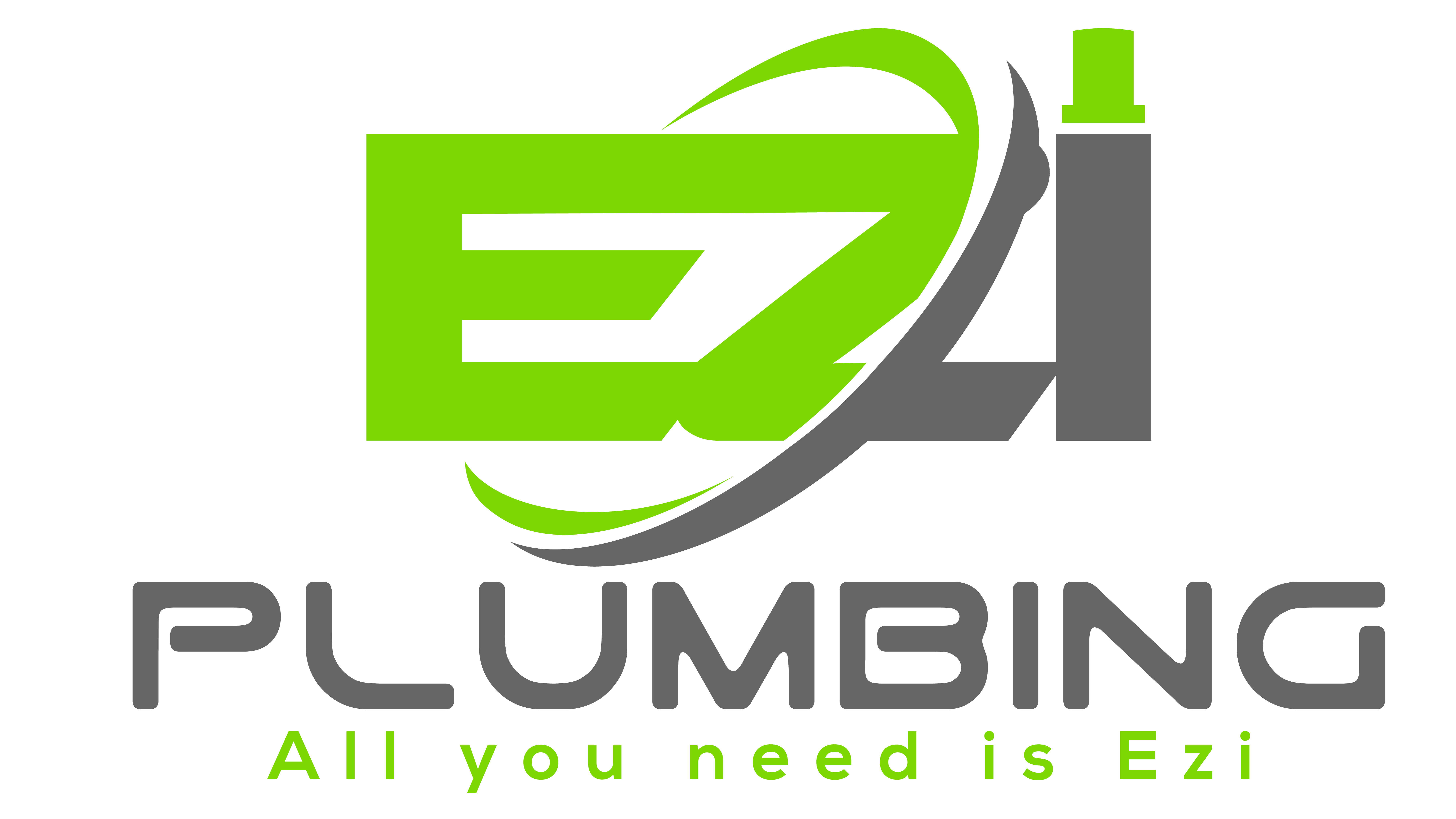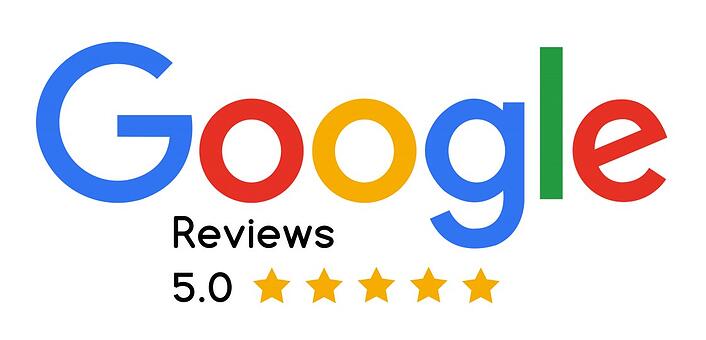Blocked toilets are a common household predicament that can disrupt our daily routines and create quite a mess. In the tranquil shores of Chain Valley Bay, facing such a plumbing issue can be particularly inconvenient. Whether it’s due to excessive toilet paper usage or other plumbing problems, a blocked toilet can be a source of frustration. But fret not, for in this blog, we will explore effective solutions and essential tips for tackling a blocked toilet in Chain Valley Bay.
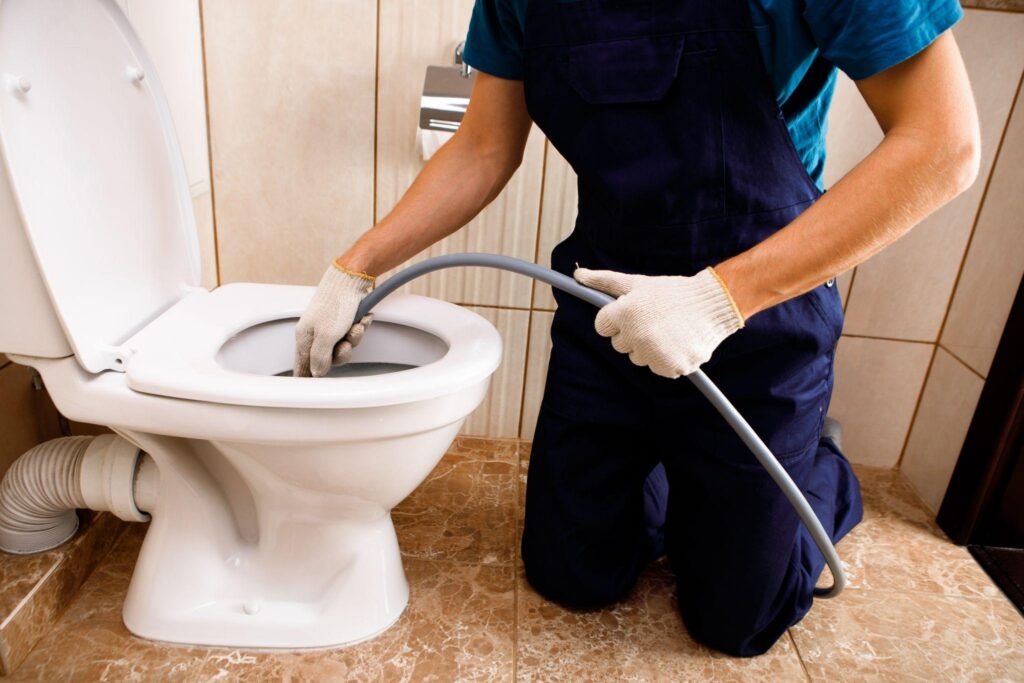
Understanding Your Toilet
Knowing how your toilet works is crucial for addressing any issues that may arise. Understanding the different components of your toilet can help troubleshoot problems effectively. Take the time to familiarize yourself with the flushing mechanism and water flow of your toilet. This knowledge can save you valuable time and money on repairs. Educating yourself about your toilet also plays a significant role in preventing future blockages. By understanding your toilet, you can maintain its proper functioning and avoid any potential clogs.
The Basic Mechanics of a Toilet
The flushing mechanism of a toilet relies on a combination of water pressure and gravity. When the flush lever is pressed, water from the tank is released into the bowl. This flow of water is regulated by the flapper valve, which controls the amount of water entering the bowl. After flushing, waste is carried from the bowl to the sewer line through a curved pipe called the trapway. By understanding these basic mechanics, you can troubleshoot any flushing issues that may arise.
Common Causes of Blocked Toilets in Chain Valley Bay
Non-flushable items, like wipes and sanitary products, often cause blockages in toilets. In Chain Valley Bay, old plumbing networks can be prone to frequent blockages. Another common cause is tree roots infiltrating sewer lines, leading to toilet blockages. Additionally, incorrect installation of plumbing fixtures can result in blockages. Flushing excessive amounts of toilet paper can also lead to blockages in the sewer line. It’s important to be aware of these common causes to prevent and address blocked toilets effectively.
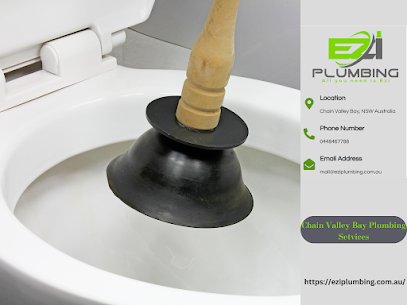
Non-Flushable Items
To prevent toilet blockages, it is important to avoid flushing non-flushable items like wipes, cotton balls, and dental floss. These items can accumulate in the toilet and sewer line, causing blockages that can lead to costly plumbing repairs. Proper disposal of non-flushable items is essential. It is also important to educate household members on what should and shouldn’t be flushed down the toilet to prevent future blockages. By following these guidelines, you can maintain a properly functioning toilet and avoid unnecessary plumbing issues.
Old Plumbing Network
Older plumbing networks in Chain Valley Bay may have narrower pipes that are more prone to blockages. These aging pipes can develop cracks and leaks, which can ultimately lead to toilet blockages. It is advisable to consult a professional plumber who can assess and upgrade your old plumbing system. Additionally, regular maintenance of old plumbing networks is necessary to prevent blockages from occurring. In some cases, upgrading your plumbing system altogether may be a viable solution to prevent recurrent toilet blockages.
How to Identify a Blocked Toilet?
Identifying a blocked toilet is essential for addressing the issue promptly and preventing further damage or inconvenience. Here are five ways to identify a blocked toilet:
- Slow Drainage: When you flush the toilet, if you notice that the water drains slowly or doesn’t go down as it normally would, it could be a sign of a blockage. The water may rise higher in the bowl before gradually receding.
- Gurgling Sounds: If you hear gurgling or bubbling noises in the toilet or nearby drains when you flush or run water in sinks or tubs, it may indicate a blockage in the plumbing system, including the toilet.
- Rising Water Levels: A clear sign of a blocked toilet is when the water level in the bowl continues to rise after flushing, but it doesn’t start to recede. This indicates that the water is backing up due to an obstruction.
- Foul Odors: A blocked toilet can lead to unpleasant odors emanating from the bowl. The trapped waste and stagnant water can produce a foul smell, even if you haven’t recently used the toilet.
- Visible Blockage: In some cases, you may be able to visually identify a blockage. Look into the toilet bowl, and if you see foreign objects, excessive toilet paper, or other debris obstructing the drain, it’s a clear indication of a blockage.
If you notice any of these signs, it’s important to address the issue promptly to avoid further complications and potential damage to your plumbing system. You can try using a plunger or a toilet auger to clear minor blockages. However, for more severe or persistent blockages, it’s advisable to call a professional plumber to assess and fix the problem.
Signs and Symptoms of a Clogged Toilet
Overflowing water when flushing is a clear indicator of a clogged toilet. If water backs up in other fixtures, it suggests a blockage in the sewer line. Multiple unsuccessful flush attempts also point to a clogged toilet. Unpleasant odors emanating from the toilet may indicate a potential blockage. Additionally, the presence of visible waste or debris in the bowl after flushing is a definite sign that the toilet is clogged.
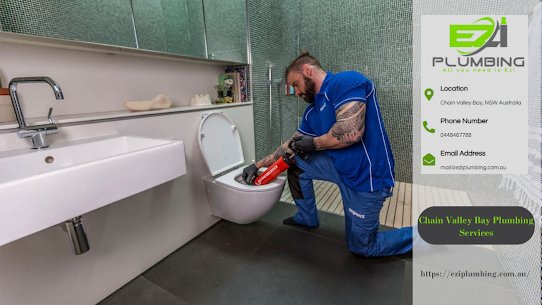
What Should You Do When Your Toilet is Blocked?
If you find yourself with a blocked toilet, it’s important to act quickly to prevent an overflow. Turn off the water supply valve and use a plunger to try to dislodge the blockage. Avoid using chemical drain cleaners as they can damage your plumbing system. If the blockage persists, it may be time to call a professional plumber for assistance. Regular maintenance and proper use can help prevent future toilet blockages.
Immediate Actions to Prevent Overflow
To prevent overflow when dealing with a blocked toilet, there are immediate actions you can take. Start by shutting off the water supply valve located behind or below the toilet tank. Remove the lid from the tank and lift the flapper valve to stop the water flow. Use towels or buckets to catch any overflowing water. It’s important to avoid flushing the toilet until the blockage is resolved. If you are unable to stop the overflow, it’s recommended to call a professional plumber.
Unclogging Techniques That Work
When facing a blocked toilet, there are several unclogging techniques that can be effective. One popular method is using a plunger to create pressure and dislodge the blockage. Another option is to use a toilet auger or snake to break up stubborn clogs in the trapway. Enzyme-based drain cleaners can be helpful in dissolving organic blockages, while hydro jetting is a powerful method for clearing severe toilet blockages. If all else fails, it may be necessary to seek professional help.
Using a Plunger
To effectively use a plunger, apply downward pressure and create suction to dislodge the blockage in your toilet. Remember to use quick, forceful plunges for maximum effectiveness. Make sure the plunger covers the entire drain opening to create a tight seal. If necessary, add water to the bowl to increase the pressure when plunging. And if the blockage persists, repeat the plunging process until it clears. With these simple steps, you can successfully unclog your toilet using a plunger.
Using A Plumbing Snake
To clear a blocked toilet using a plumbing snake, insert the snake into the toilet drain and rotate it clockwise. Push the snake further into the drain to break up the blockage. Apply gentle pressure once the snake has reached the obstruction to dislodge it. Slowly retract the snake while continuing to rotate it, catching any debris. Finally, flush the toilet to test if the blockage has been cleared. Remember to exercise caution and seek professional help if needed.
Calling a professional plumber is essential when you encounter plumbing issues that go beyond basic DIY repairs. Here are five situations when you should definitely contact a professional plumber:
- Major Water Leaks: If you have a burst pipe, a significant water leak, or water flooding your home, call a plumber immediately. They can quickly locate and repair the source of the leak to prevent further damage and water wastage.
- No Hot Water: If your water heater is not producing hot water or is making unusual noises, it’s best to call a plumber. Water heater issues can be complex and potentially dangerous if not handled correctly.
When Should You Call a Professional Plumber?

- Blocked Drains: Stubborn clogs that can’t be resolved with a plunger or store-bought drain cleaner may indicate a deeper blockage in your plumbing system. A professional plumber can use specialized tools to clear the blockage and assess any potential damage.
- Low Water Pressure: A sudden drop in water pressure throughout your home could indicate a hidden leak, a problem with your water supply line, or issues with your plumbing system. A plumber can diagnose the issue and restore proper water pressure.
- Sewage Backup: If you notice sewage odors, gurgling sounds, or sewage backup in your drains or toilets, it’s a sign of a sewer line problem. This requires immediate attention from a plumber to prevent health hazards and property damage.
Additionally, consider calling a professional plumber for routine maintenance and inspections to catch potential issues before they become emergencies. Preventive maintenance can extend the lifespan of your plumbing system and save you money in the long run.
Conclusion
Dealing with a blocked toilet can be a frustrating and inconvenient situation. Understanding the basic mechanics of your toilet and being aware of common causes of blockages can help you prevent them in the future. If you do encounter a blocked toilet, it’s important to take immediate action to prevent overflow and try unclogging techniques such as using a plunger or a plumbing snake. However, if these methods don’t work or if you’re unsure about tackling the issue yourself, it’s best to call a professional plumber. Remember, regular maintenance and proper toilet usage can go a long way in preventing future toilet blockages.
